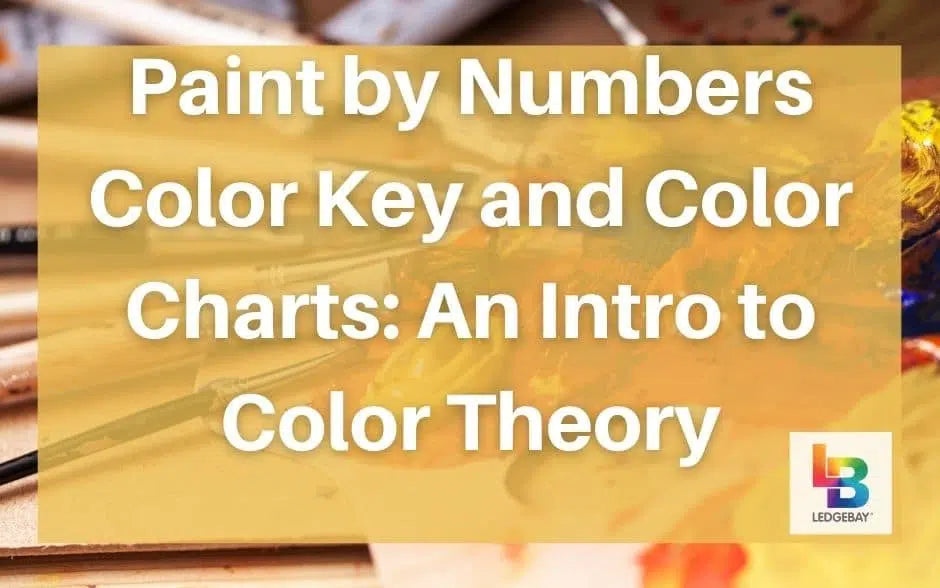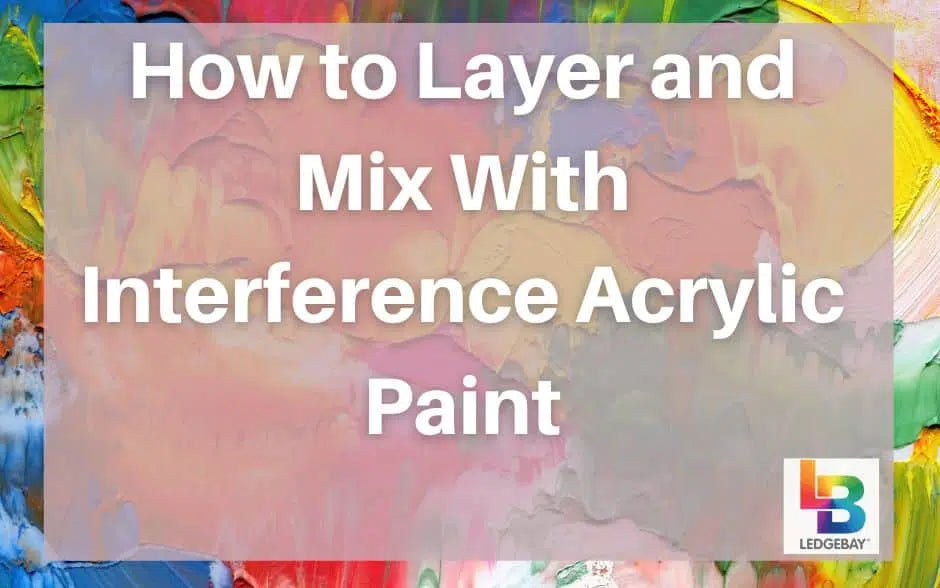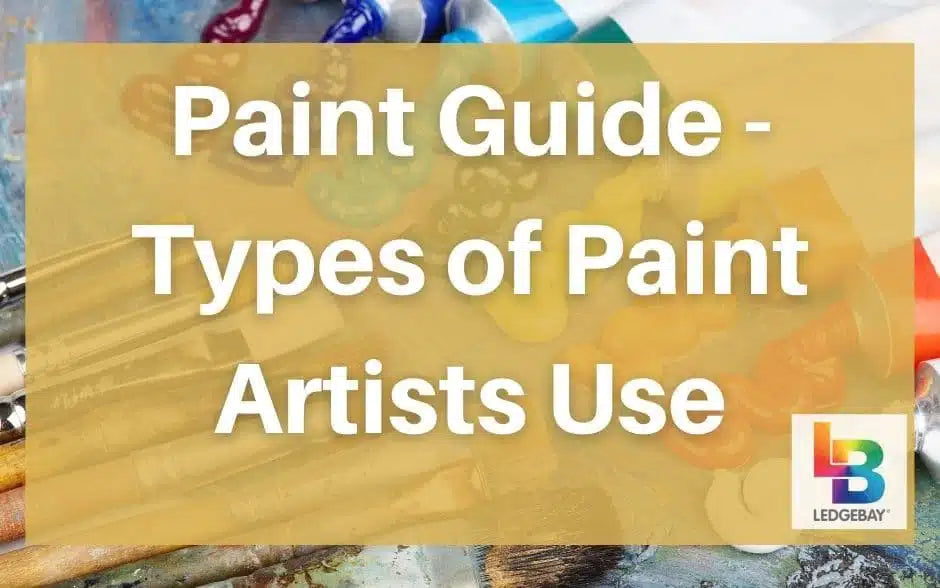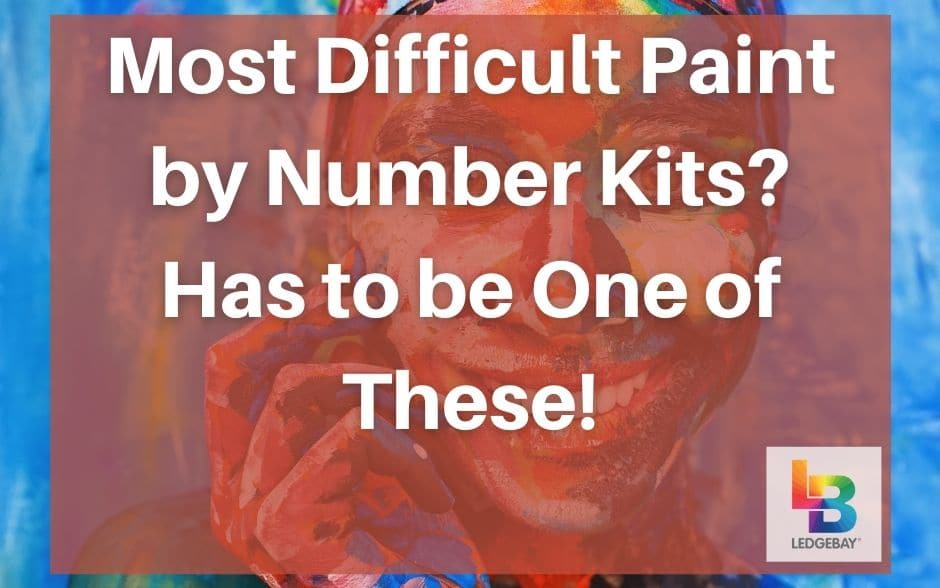Have you ever painted one color and thought it looked great? Only to paint a new color next to it to have your whole perception change? That’s the magic of colors and their effect on how we see the world around us. This is especially true when you’re using thepaint by numbers color key and color charts. They teach you how different colors influence each other and thepainting as a whole, otherwise known as the color theory.
In our intro to color theory, you’ll learn about the different characteristics of colors. Plus, you’ll get to know how you can use them tocreate remarkable works of art .
Let’s dive in.
Color theory is the science of using color to its full potential. It focuses primarily on how specific colors work well together while others clash.
This branch ofart studies also deals with how different colors affect our feelings and perceptions. We thinkPaul Gauguin said it best when he described colors as “A deep and mysterious language.”
Now that you know a bit of color theory, you’re probably wondering how you can use it in your paintworks. Well, to appreciate the essence of color theory, you have first to understand colors and the color chart.
Take a few seconds to look around you. In that short amount of time, your eyes took in hundreds of light wavelengths as they bounced off various objects.
Next, your eyes send this data to your brain. Then, your brain interprets these wavelengths as colors. Pretty neat, huh?
As a result ofSir Isaac Newton ’s experimenting with light and prisms, he devised the first color chart in 1666. Since then, designers and artists have been using his invention to hone their craft.
Color charts are also called a color wheel or color key . One of the best ways to better understandcolors is by using a paint by numbers color chart. They play a significant role in achieving better results in painting.
Let’s take a look. The color wheel consists of three distinct color groups. Understanding each group can help you develop harmony and richness in your artwork.
The color wheel consists of three distinct color groups. Understanding each group can help you develop harmony and richness in your artwork.
 If you split the color wheel right down the middle, you’ll get one side of all warm colors. Then, on the opposite side, you’ll find all the cool colors.
Neutral colors are black, white, and gray. They’re typically used to change the tint, tone, and shade of individual hues, which we’ll talk more about below.
If you split the color wheel right down the middle, you’ll get one side of all warm colors. Then, on the opposite side, you’ll find all the cool colors.
Neutral colors are black, white, and gray. They’re typically used to change the tint, tone, and shade of individual hues, which we’ll talk more about below.
 Now that we have a complete understanding of the color chart, let’s talk about color schemes. Simply put, color schemes are the study of how different colors work together.
There are over eight color schemes to choose from. Today, however, we’re focusing only on the three schemes commonly used by artists and designers.
Now that we have a complete understanding of the color chart, let’s talk about color schemes. Simply put, color schemes are the study of how different colors work together.
There are over eight color schemes to choose from. Today, however, we’re focusing only on the three schemes commonly used by artists and designers.
In our intro to color theory, you’ll learn about the different characteristics of colors. Plus, you’ll get to know how you can use them tocreate remarkable works of art .
Let’s dive in.
Paint by Numbers Color Key - An Intro to Color Theory
[amazon box="B089P1T8XY"]Color theory is the science of using color to its full potential. It focuses primarily on how specific colors work well together while others clash.
This branch ofart studies also deals with how different colors affect our feelings and perceptions. We thinkPaul Gauguin said it best when he described colors as “A deep and mysterious language.”
The Color Chart: Learning the Basics
[amazon box="B083G2K6W5"]Now that you know a bit of color theory, you’re probably wondering how you can use it in your paintworks. Well, to appreciate the essence of color theory, you have first to understand colors and the color chart.
Take a few seconds to look around you. In that short amount of time, your eyes took in hundreds of light wavelengths as they bounced off various objects.
Next, your eyes send this data to your brain. Then, your brain interprets these wavelengths as colors. Pretty neat, huh?
As a result ofSir Isaac Newton ’s experimenting with light and prisms, he devised the first color chart in 1666. Since then, designers and artists have been using his invention to hone their craft.
Color charts are also called a color wheel or color key . One of the best ways to better understandcolors is by using a paint by numbers color chart. They play a significant role in achieving better results in painting.
Paint by Numbers Color Key - Understanding Color Charts
Now, we’ll take a deep dive into color charts. You’ll learn about how we make, blend, and group different colors.Let’s take a look.
Color Groups
 The color wheel consists of three distinct color groups. Understanding each group can help you develop harmony and richness in your artwork.
The color wheel consists of three distinct color groups. Understanding each group can help you develop harmony and richness in your artwork.
Primary Colors
[amazon box="B07NXVJ85D"] There are three primary colors: red, yellow, and blue. These colors naturally exist. In other words, you can’t make them by mixing other colors together. This is why artists rely on them when creating color schemes and combinations.Secondary Colors
We make secondary colors by mixing any two of the three primary colors. There are only three of them on the color chart: orange, green, and purple. Here’s how you can produce the three secondary colors:- red + yellow = orange
- blue + yellow = green
- red + blue = purple
Tertiary Colors
[amazon box="B07SVP3277"] There are six tertiary colors in all. They’re made by mixing a primary color with a secondary color. A basic rule of tertiary colors is to mix two hues that come next to each other on the color chart. One way to name the new color is by using the two hues that made it, like yellow-orange. Another option is to use the actual name for each color, as you’ll see below:- yellow + green = chartreuse
- yellow + orange = amber
- blue + green = teal
- blue + purple = violet
- red + orange = vermillion
- red + purple = magenta
Color Temperatures
 If you split the color wheel right down the middle, you’ll get one side of all warm colors. Then, on the opposite side, you’ll find all the cool colors.
Neutral colors are black, white, and gray. They’re typically used to change the tint, tone, and shade of individual hues, which we’ll talk more about below.
If you split the color wheel right down the middle, you’ll get one side of all warm colors. Then, on the opposite side, you’ll find all the cool colors.
Neutral colors are black, white, and gray. They’re typically used to change the tint, tone, and shade of individual hues, which we’ll talk more about below.
Warm Colors
Warm colors are associated with energy, brightness, and fun. They include reds, oranges, and yellows.Cool Colors
Cool colors include blues, purples, and greens. They give off vibes of peace, serenity, and calmness.Color Expansion
We mentioned earlier that there are 12 main colors. So, how come there are much more than just 12? Where do the extra colors come from? These extra colors are either tints, tones, and shades, depending on how you produce them. They’re just modifications of the 12 original hues on the color chart that have been altered slightly to give different effects.Hues
Hues are the 12 colors on a color wheel in their purest form. They’re considered to be the springboard for any paintwork.Shades
Add black to a hue, and you get a shade. Shades add depth and richness to the original color. Yet, the effect remains muted slightly.Tints
A tint is achieved when you add white to a hue. If you want pink, you add red and white in varying degrees to get that perfect tint.Tones
A tone is when you add both black and white or just grey if it’s readily available. This darkens the original color. At the same time, it turns the hue into a less intense, more subtle color. Tone and saturation are sometimes used interchangeably because they mean the same thing. However, tone refers to artwork, whereas saturation is more commonly used with digital imagery.Color Schemes
 Now that we have a complete understanding of the color chart, let’s talk about color schemes. Simply put, color schemes are the study of how different colors work together.
There are over eight color schemes to choose from. Today, however, we’re focusing only on the three schemes commonly used by artists and designers.
Now that we have a complete understanding of the color chart, let’s talk about color schemes. Simply put, color schemes are the study of how different colors work together.
There are over eight color schemes to choose from. Today, however, we’re focusing only on the three schemes commonly used by artists and designers.











